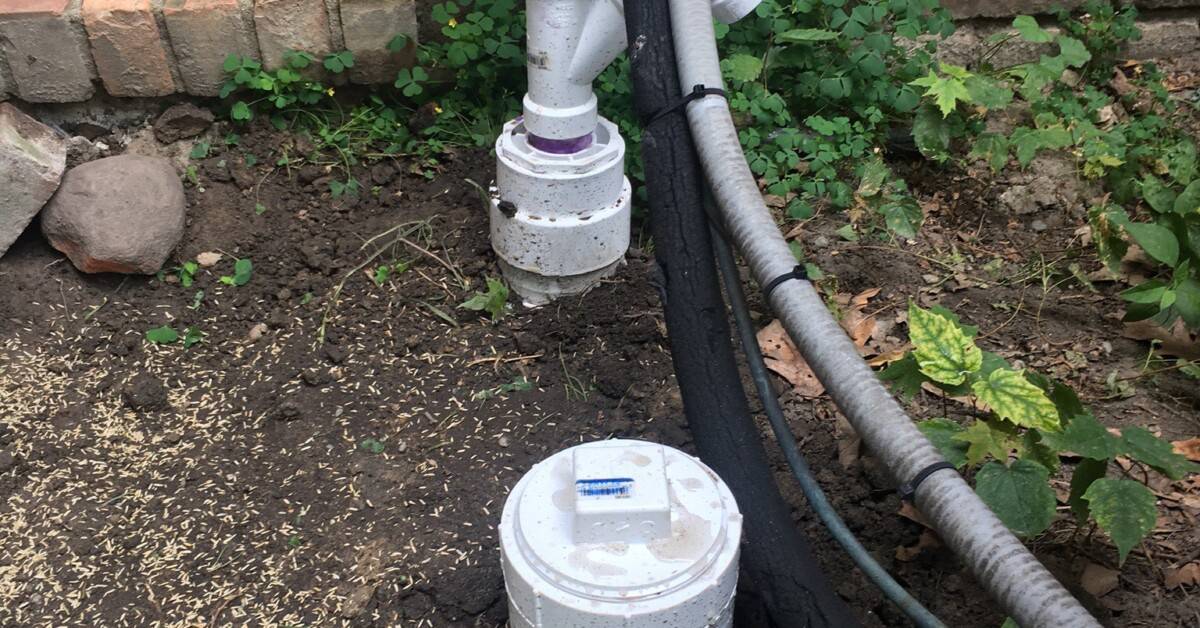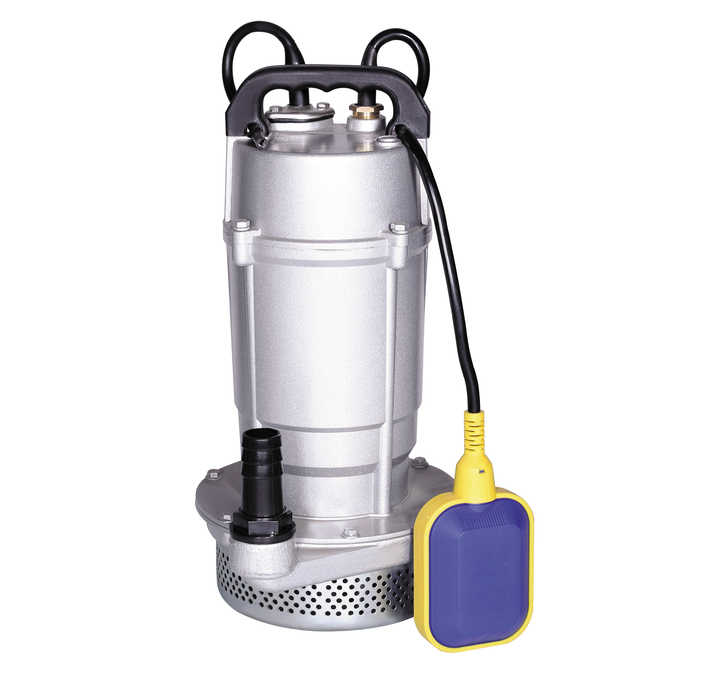The article author is making several great pointers relating to Keep Your Sump Pump Clean, It'll Keep You Dry overall in the article further down.

Sump pumps are essential components in many homes, specifically in areas prone to flooding or extreme dampness. They help protect against water damages by effectively getting rid of excess water from basements or crawl spaces. Nevertheless, like any other home appliance, sump pumps need normal upkeep to guarantee they function successfully when needed the most. Cleansing your sump pump is an essential part of its upkeep, and understanding just how to do it properly can save you from costly repair services and potential catastrophes.
Introduction
Preserving a clean sump pump is crucial for its correct performance and durability. Ignoring this important task can bring about obstructions, malfunctions, and ultimately, water damage to your building. As a result, finding out exactly how to cleanse a sump pump is important for property owners that count on these tools to keep their cellars dry and safeguarded.
Indicators of a Dirty Sump Pump
Understanding when your sump pump requires cleaning is critical for avoiding possible malfunctions. Some common signs that show a filthy sump pump consist of unusual noises throughout operation, minimized water circulation, and visible particles in the pit. If you discover any one of these signs, it's necessary to clean your sump pump promptly to stay clear of any kind of further issues.
Preparing for Cleaning
Before you begin cleaning your sump pump, it's important to take some security precautions. Start by turning off the power to the pump to avoid any kind of electric mishaps. In addition, put on appropriate safety gear, such as gloves and goggles, to secure yourself from dirt, particles, and possible pathogens.
Comprehending the Sump Pump
Before diving right into the cleaning procedure, it's necessary to have a fundamental understanding of just how a sump pump works. Typically mounted in a pit or container below the cellar floor, a sump pump contains several essential parts, consisting of a pump, a float switch, and a discharge pipeline. When water gathers in the pit, the float button activates the pump, which then pumps the water out through the discharge pipe, far from the building's foundation.
Detailed Overview to Cleaning a Sump Pump
Shutting down the Power
Begin by disconnecting the power supply to the sump pump to prevent any mishaps while cleaning.
Checking for Correct Functioning
Prior to reinstalling the pump, perform a fast test to make certain that the float button activates the pump correctly. Pour some water right into the sump pit and observe the pump's procedure. If every little thing is operating properly, you can reassemble the pump and reconnect the power supply.
Eliminating Debris and Dirt
Use a container or a scoop to remove any kind of visible particles, dust, or sediment from the sump pit. Dispose of the particles correctly to avoid it from clogging the pump or the discharge pipeline.
Cleaning up the Pump and Float Switch
As soon as the pit is free from debris, carefully get rid of the pump from the pit. Check the pump and the float switch for any type of indicators of damages or wear. Make use of a soft brush or cloth to clean the surfaces and eliminate any kind of gathered gunk.
Flushing the System
After cleaning up the pump and float button, purge the sump pit with clean water to remove any type of staying dirt or sediment. This will certainly aid guarantee that the pump operates efficiently and effectively.
Maintenance Tips to Keep Your Sump Pump Clean
Along with routine cleaning, there are several maintenance ideas you can follow to keep your sump pump in optimal condition:
- Routine Evaluation: Check your sump pump on a regular basis for any indications of wear, damages, or blockages.
- Maintaining the Surrounding Location Clean: Ensure that the area around the sump pit is free of particles, dust, and obstructions.
- Checking the Pump Regularly: Examine your sump pump periodically by putting water right into the pit and observing its procedure. This will certainly aid you recognize any type of prospective issues before they intensify.
Conclusion
Cleaning your sump pump is an essential aspect of its maintenance and ensures that it operates successfully when you require it the most. By complying with the steps detailed in this overview and integrating routine upkeep right into your regimen, you can prolong the life expectancy of your sump pump and shield your home from water damage.
6 STEPS ON HOW TO CLEAN A SUMP PUMP PROPERLY
UNDERSTANDING SUMP PUMPS
Your sump pump plays a crucial role in protecting your home by managing and removing excess water. It primarily functions as a “shield”, guarding your basement against the damaging effects of water accumulation. The pump is housed in a sump pit in the lowest part of your basement, and its job is to pump out any water that collects there.
During heavy rainfalls or when snow melts rapidly, water can infiltrate your basement, posing potential risks like flooding, structural damage, and harmful mold growth. Here, the sump pump springs into action, pumping out the intruding water and directing it away from your home.
SAFETY FIRST
Before cleaning, remember to prioritize safety. Disconnect the sump pump from the power source to prevent any accidental electric shocks. Also, wear sturdy gloves to protect your hands from any sharp or dirty components within the pump.
REMOVE THE SUMP PUMP
After ensuring your safety, the next step is to remove the sump pump from its pit. Doing this might require careful maneuvering as you don’t want to damage any pump components. Once removed, clean the sump pit to remove any accumulated debris or sludge.
INSPECT THE PUMP
Inspect the pump for any visible signs of wear or damage. Check the power cord, float switch, and impeller housing. If any components look worn out or damaged, consider replacing them to ensure optimal performance.
CLEAN THE PUMP
Thoroughly clean the pump with warm, soapy water. Make sure to rid it of any dirt, gravel, or other debris that might impede its performance. You can use a toothbrush to clean the small, hard-to-reach parts of the pump.
REINSTALL THE SUMP PUMP
- Reinstall the pump into the sump pit
- Make sure it’s positioned correctly to remove the water effectively
- Once it’s back in place, reconnect it to the power source
TEST THE PUMP
Finally, pour some water into the pit to ensure the pump works correctly. It should start automatically and begin pumping out the water; if it doesn’t, check the power source and the positioning of the pump.
Remember, while cleaning your sump pump is an essential part of home maintenance, hiring a professional plumber for a thorough inspection and cleaning at least once a year is also important. This will ensure that your pump is in optimal condition, ready to protect your home from potential water damage.
BEST PRACTICES FOR CLEANING SUMP PUMP DISCHARGE PIPES
- Regular Inspection: Regularly inspect your discharge pipes, especially during heavy rainfall or snowmelt periods. Look for any signs of blockage or damage. Early detection of problems can prevent serious issues down the line.
- Periodic Cleaning: Over time, sediment and debris can accumulate in the discharge pipes, impeding the flow of water. Regular cleaning helps keep the pipes clear and functioning efficiently. You can use a high-pressure water jet to effectively clean the pipes.
- Insulation During Winter: In colder climates, discharge pipes can freeze, blocking the outflow of water. Protect your discharge pipes from freezing temperatures by insulating them with foam pipe insulation. This will ensure the sump pump can continue to discharge water even in freezing conditions.
- Proper Positioning: The discharge pipe should be positioned to direct water away from your home’s foundation. Improper positioning can lead to water seeping back into the basement. Ensure the pipe is long enough and angled correctly.
- Installation of a Check Valve: A check valve prevents water from flowing back into your sump pit after the pump has pushed it out. Installing a check valve helps maintain the efficiency of your sump pump and reduces the risk of flooding.
- Minimize Pipe Turns: Every curve or turn in the discharge pipe can decrease the efficiency of water flow. By minimizing turns and bends in your discharge pipe, you can increase the efficiency of your sump pump.
https://www.fullspeedplumbing.com/how-to-clean-a-sump-pump-properly9999/

Do you appreciate reading up on How To Effectively Clean A Sump Pump? Place a short review directly below. We would be pleased to listen to your suggestions about this blog posting. Hoping that you visit us again later on. So long as you liked our article plz be sure to pass it around. I cherish your readership.
Click Here
Comments on “Your Guide to Properly Taking Care of a Sump Pump”